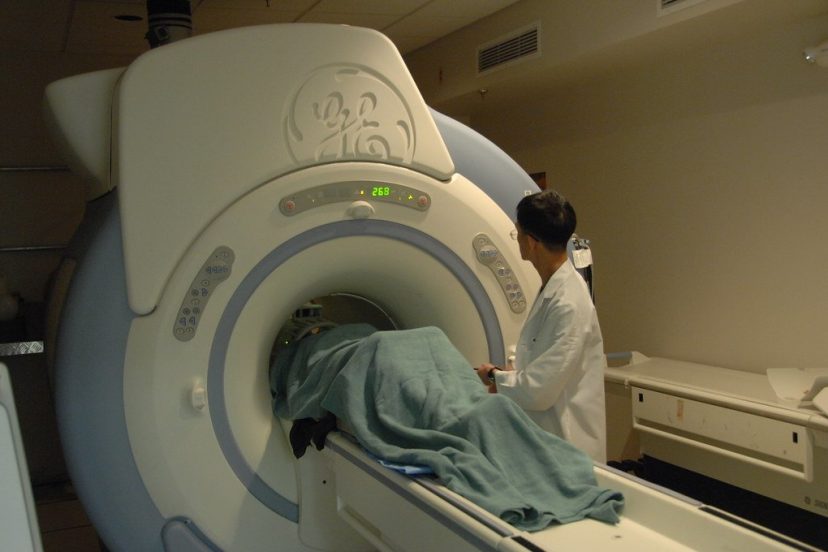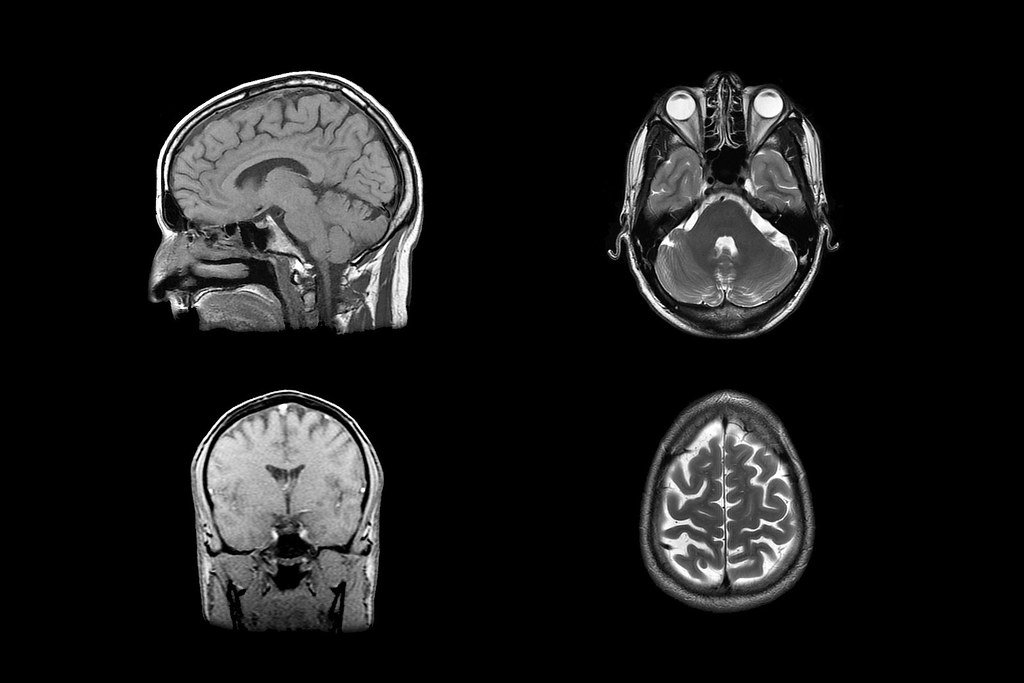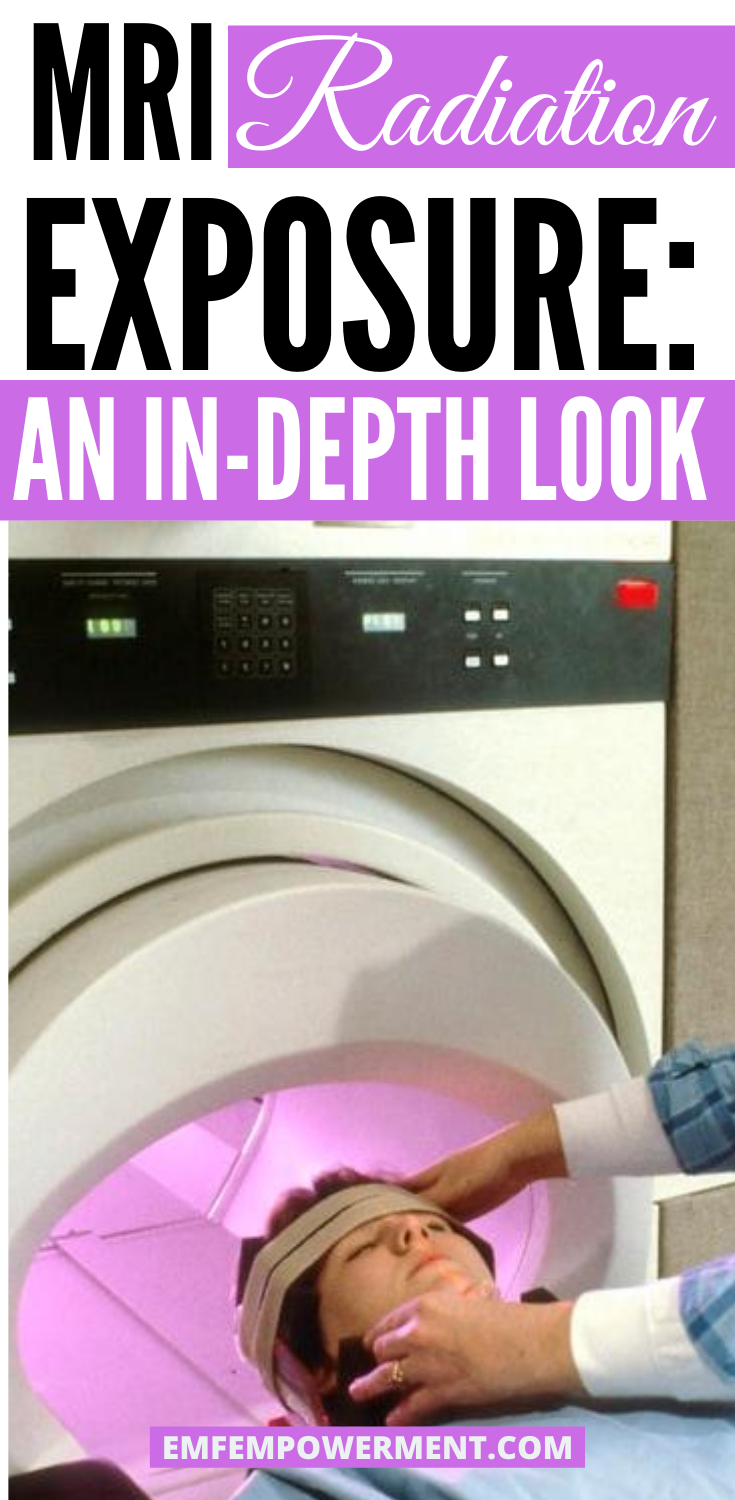On April 3, 1973, the first mobile phone was created. Since then, cell phone technology has…
MRI Radiation Exposure: An In-Depth Look

*We may earn a commission for purchases made using our links. Please see our disclosure to learn more.
Many medical tests make use of different types of radiation to provide doctors with diagnostic information. And while this can be hugely beneficial, it does come with its risks, many of which we’re already familiar with. You may already know, for example, that x-rays produce ionizing radiation.
What you may not know, however, is how MRI machines work and what type of radiation they produce. Over the next few paragraphs, we’re going to discuss exactly how these machines operate and what risks you as a patient should be aware of.
Let’s get started.
How MRI machines work
Magnetic Resonance Imaging (MRI) machines work with the aid of a strong magnetic field. The machine contains several very powerful magnets, which are positioned around a tube that the patient lays inside. Thus, when a patient is inside the machine, they are exposed to an intense magnetic field.
Meanwhile, inside of the body, each atom contains particles called protons. These protons have their own magnetic field, and when they are exposed to the MRI’s field, they naturally align themselves with the machine’s magnets.
Radiofrequency waves are then pulsed through the machine and the patient, prompting the protons in the patient’s cells out of alignment with the MRI’s magnetic field. When the radiofrequency waves are shut off, the protons realign with the machine’s magnetic field, releasing energy along the way.
The amount of energy released, as well as the time it takes for this re-alignment to occur, can tell doctors a great deal about the type of tissue present. Using this information, a computer automatically generates an image of the affected area that doctors can then examine.

Do MRIs produce radiation?
MRIs are generally regarded as safe because, unlike x-rays and CT machines, they do not produce ionizing radiation. The magnetic field and radiofrequency waves the machine generates, rather, are forms of non-ionizing radiation.
As a visitor to this site, however, you may be aware of some of the dangers surrounding non-ionizing radiation. And if you’re not, head over to our Radiation 101 guide to dive a little deeper into the subject. For now, suffice to say that forms of non-ionizing EMF radiation have been tied to cancer, infertility, and miscarriages.
So the next question is — what is the level of radiation exposure you can expect to receive in an MRI scan?
The answer varies, depending on the time it takes to complete your test and the amount of radiofrequency waves used to create your image. That being said, in the United States, the Federal Drug Administration (FDA) has set recommended limits of .4W/kg for whole-body imaging, 3.2W/kg for imaging of the head, and 8W/kg for small volume imaging.
To give those numbers some context, the legal limit for your cell phone is 1.6W/kg. So a whole body or small volume MRI is going to expose you to a bit more RF radiation than your phone, whereas a whole-body scan may expose you to a bit less.
MRI uses
MRI scans are a diagnostic test, used to help confirm a number of conditions. They can help doctors spot cancerous and benign tumors and masses. They are sometimes used to help diagnose conditions such as multiple sclerosis, dementia, and stroke. And they can even allow doctors to see internal bleeding and swelling, as well as traumatic injuries. An MRI scan is generally used over an X-ray when doctors need to see soft tissue over bone.
Risks involved
There are a few risks involved in MRI scans. For one, these machines do contain powerful magnets, and if you have an implant, pacemaker, or another medical device, it may cause problems. The magnets in an MRI are so strong that even just wearing jewelry during your scan could have serious consequences.
Beyond the obvious magnet-related risks, however, MRI scans do emit non-ionizing radiation, and as we mentioned earlier, that has been tied to cancer, infertility, and miscarriages.
For some perspective, however, consider that type of radiation emitted — RF-EMF — is quite common. We’re exposed to a great deal of this type of radiation on a daily basis, from our cell phones, smart meters, light bulbs, appliances, WiFi signals, and more. If you are taking steps to reduce your exposure to RF-EMF radiation on a daily basis, a single MRI scan is a drop in the bucket.
If you find yourself receiving scans often, however, or you suffer from Electromagnetic Hypersensitivity, the dose of radiation you receive during an MRI scan may warrant concern. Ultimately, only you can decide if the benefits of a scan outweigh the risks of non-ionizing radiation exposure.
Final thoughts
If your doctor has requested you receive an MRI, consider taking steps to lower your overall exposure to EMF radiation beforehand. We’ve often talked about the bucket analogy on this site — the fuller your bucket is, the less room you have to add more in before it overflows. If your bucket is empty, adding a drop or two won’t make a difference.
MRI machines expose you to RF-EMF radiation for a brief time. If you’re receiving one scan, and you aren’t already inundated by RF radiation in your daily life, the risk should be minimal. That being said, it is still important to familiarize yourself with what those risks are and how to mitigate them. For tips on reducing your exposure at home, see our guide to whole-house protection.




